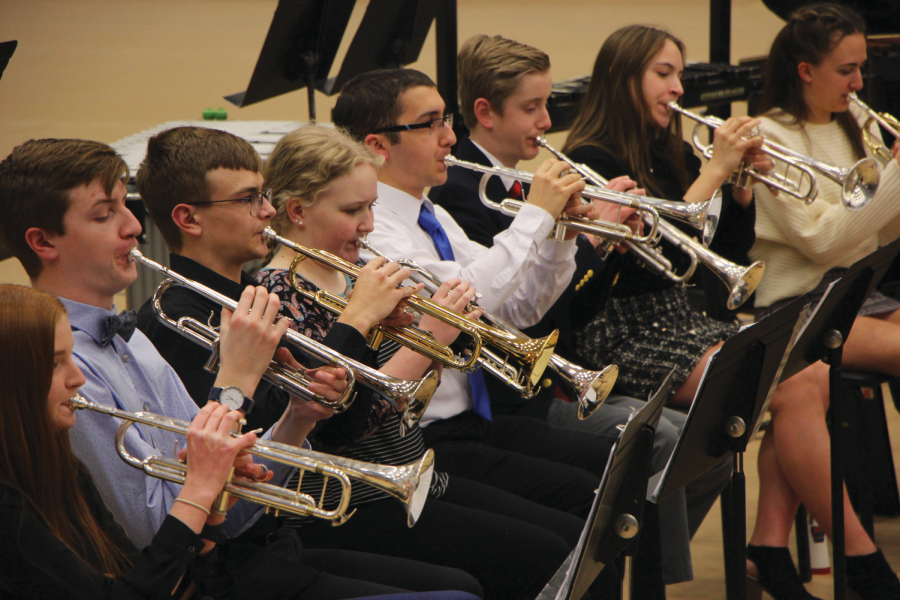With Easter coming up, children are getting excited for one main event: Easter egg hunting. However, with the recent rise in egg costs and risk of bird flu, this tradition could be seriously affected.
Many people use cheap, plastic Easter eggs and fill them with candy or money, but a lot of people also use dyed eggs. The process of dipping hard-boiled eggs in a mixture of vinegar and colorant to make colorful eggs is a common tradition. The U.S. Department of Agriculture (USDA) said egg prices are expected to increase 41.1% in 2025, compared to a 3.4% for all other food in America, according to USAToday.
These prices are affecting the classic Easter tradition of egg dying. Using a mixture of vinegar and dye as well as stickers, paint, and other decorations, is a simple activity for families to do, especially those with younger kids.
“The makers of Easter egg dye kits are bracing for the potential fallout if the egg shortage doesn’t begin to clear up before the April 20 holiday,” a NBC news article reads. “For many companies that specialize in these activity sets, egg dye kits and related products make up a significant share of annual revenue. Diminished sales could have a major impact on their bottom lines.”
Bird flu is big part of the increased egg prices. The recent bird flu epidemic may not be the only cause for the inflation, but it’s certainly a big factor.
Bird flu, also referred to as H5N1 or highly pathogenic avian influenza (HPAI), is a disease caused by the influenza type A virus that primarily spreads among birds.
The bird flu can not only be found in chickens, for example, but it’s been found in cows, and even humans. Symptoms in humans can be as minor as an eye infection or upper respiratory problems, or it can be so bad that it could be an extreme illness that leads to death.
“A series of reported outbreaks at some of the largest egg producers in the U.S. have caused a shortage in egg supplies, as infected flocks are typically culled to reduce the risk of transmission,” according to U.S. News. “Bird flu outbreaks are estimated to have affected more than 166 million poultry in the U.S. since 2022.
The bird flu could be a significant reason behind egg prices skyrocketing compared to other foods.









